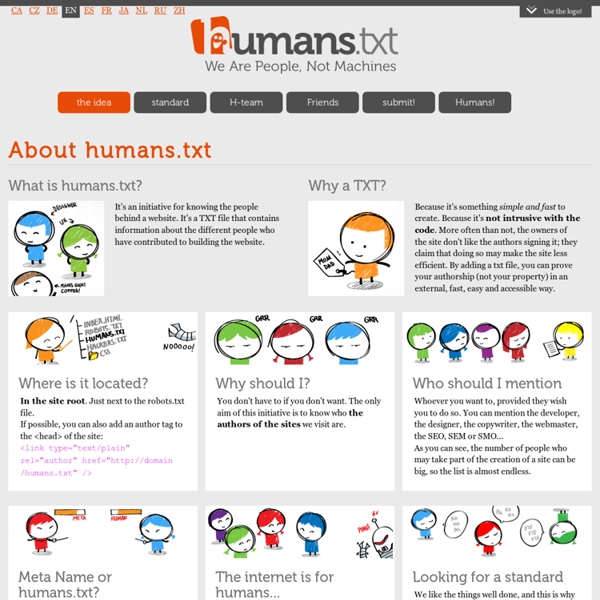



Manifiesto futurista La publicación de este manifiesto supone la inauguración del movimiento futurista y sentaría precedente para otras vanguardias como el Manifiesto surrealista. El manifiesto es una nítida captura de la evolución cultural italiana al comienzo del siglo XX y muestra cómo parte de la vanguardia intelectual con el paso de los años habría contribuido al nacimiento del fascismo, aunque el futurismo y fascismo están separados en el tiempo, aquel apuntaba ideas como la violencia extrema que este manifiesto contiene, pudo ayudar a explicar por qué el fascismo sería la oportunidad de usar con éxito su estilo y aspecto típicamente nacionalista. Esto hace referencia al futuro. Contenido[editar] Enlaces externos[editar] Futur-ism.
Dive Into HTML5 How Spain's 15-M movement is redefining politics | Diego Beas With the Spanish general election just over a month away, the eight-year rule of the Socialist party will soon come to an end. José Luis Rodriguez Zapatero will be ousted and the opposition leader Mariano Rajoy finally elevated to the place he thought deserved since 2004. Business as usual for Spanish politics; the normal political give-and-take of the last 30 years between the two main parties. But, with 20% unemployment (40% among the youth) and the looming possibility that the country's finances might have to face an intervention, things in Spain these days are anything but normal. Enter the Spanish indignados, or, as they are also known here, the 15-M movement (the protest was launched with a gathering on 15 May, one week before local elections). The movement has studiously avoided engaging with ideological agendas, unions and, most importantly, professional politicians. Is this a long-term solution to Spain's debt problems? The next step is to start thinking in terms of outcomes.
Head JS :: The only script in your HEAD Wikipedia, la enciclopedia libre Common Security Mistakes in Web Applications - Smashing Magazine Advertisement Web application developers today need to be skilled in a multitude of disciplines. It’s necessary to build an application that is user friendly, highly performant, accessible and secure, all while executing partially in an untrusted environment that you, the developer, have no control over. I speak, of course, about the User Agent. Most commonly seen in the form of a web browser, but in reality, one never really knows what’s on the other end of the HTTP connection. There are many things to worry about when it comes to security on the Web. We’ll skip over denial of service attacks in this article, but take a close look at the other issues. 1. Cross-site scripting is an attack in which a user is tricked into executing code from an attacker’s site (say evil.com) in the context of our website (let’s call it www.mybiz.com). Let’s say that our site allows the user to post cute little messages for the world (or maybe only their friends) to see. <? Hi there... <? 2. 3. 4. <? 5. 6.
Golden Grid System GGS was my next step after Less Framework. Instead of a fixed-width grid, it used a fully fluid-width one, without even a maximum width. The resources it was published with are still available on GitHub. The idea was to take a 18-column grid, use the outermost columns as margins, and use the remaining 16 to lay elements out. While the grid's columns were fluid — proportional to the screen's width — the gutters (spaces between the columns) were proportional to the font-size being used. GGS also contained a set of typographic presets, strictly to a baseline grid. Correctly setting all of these measurements is difficult, of course. When published, GGS gained a lot of attention, as the web design community was searching ways to work with fluid-width grids, which have always been troublesome, running counter to many graphic design principles. Many people trying to use GGS were also confused by the lack of predefined code for working with the grid.
LESS « The Dynamic Stylesheet language Skeleton: Beautiful Boilerplate for Responsive, Mobile-Friendly Development